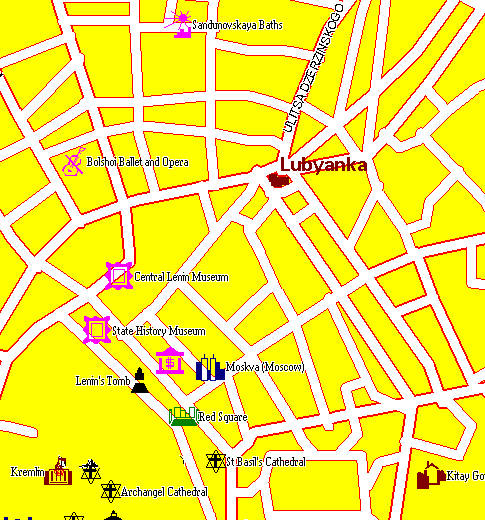



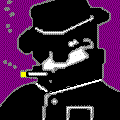
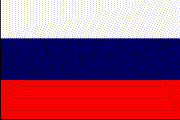
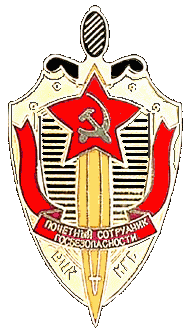 Lubyanka KGB Headquarters
Lubyanka KGB Headquarters
 Lubyanka Square in downtown Moscow is the site of the site of the Lubyanka head-quarters of the KGB. KGB directors from Lavrentiya Beriya to Yuriy Andropov had their office on the third floor of the building. The center of the square was dominated centre by a statue of Felix Dzerzhinsky, founder of the first communist secret police, the Cheka. Like many others, the statue was removed in August 1991.
Lubyanka Square in downtown Moscow is the site of the site of the Lubyanka head-quarters of the KGB. KGB directors from Lavrentiya Beriya to Yuriy Andropov had their office on the third floor of the building. The center of the square was dominated centre by a statue of Felix Dzerzhinsky, founder of the first communist secret police, the Cheka. Like many others, the statue was removed in August 1991.
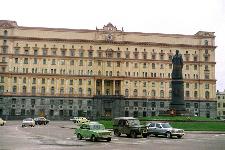 Since 1984 (when KGB chief Yuri Andropov became chairman of the Communist Party and decided to improve the KGB's public image) tourists have been able to visit a KGB museum in a gray stone building behind the Lubyanka. The upper floors are KGB offices, but the ground floors are used for conferences and a clubroom for retired KGB offices, featuring a disco, among other things. And since the Soviet collapse in 1991, Russia's intelligence agencies have tried to create an impression of openness, giving guided tours through the yellow Lubyanka. The new KGB Museum, which is open to the public, is housed in the Lubyanka building. Across the square from the Lubyanka is Dyetsky Mir (Children�s World), the largest children�s shop in the country.
Since 1984 (when KGB chief Yuri Andropov became chairman of the Communist Party and decided to improve the KGB's public image) tourists have been able to visit a KGB museum in a gray stone building behind the Lubyanka. The upper floors are KGB offices, but the ground floors are used for conferences and a clubroom for retired KGB offices, featuring a disco, among other things. And since the Soviet collapse in 1991, Russia's intelligence agencies have tried to create an impression of openness, giving guided tours through the yellow Lubyanka. The new KGB Museum, which is open to the public, is housed in the Lubyanka building. Across the square from the Lubyanka is Dyetsky Mir (Children�s World), the largest children�s shop in the country.
